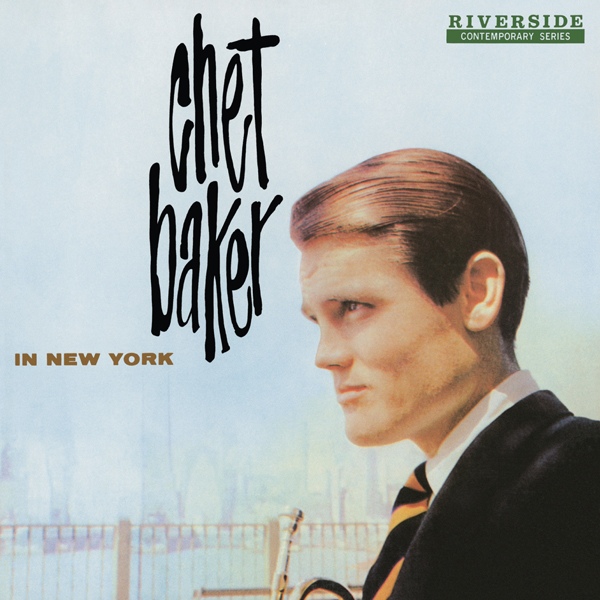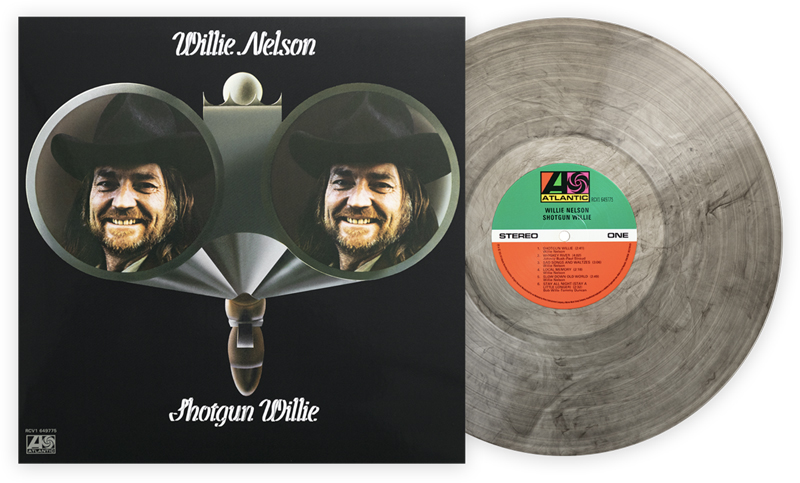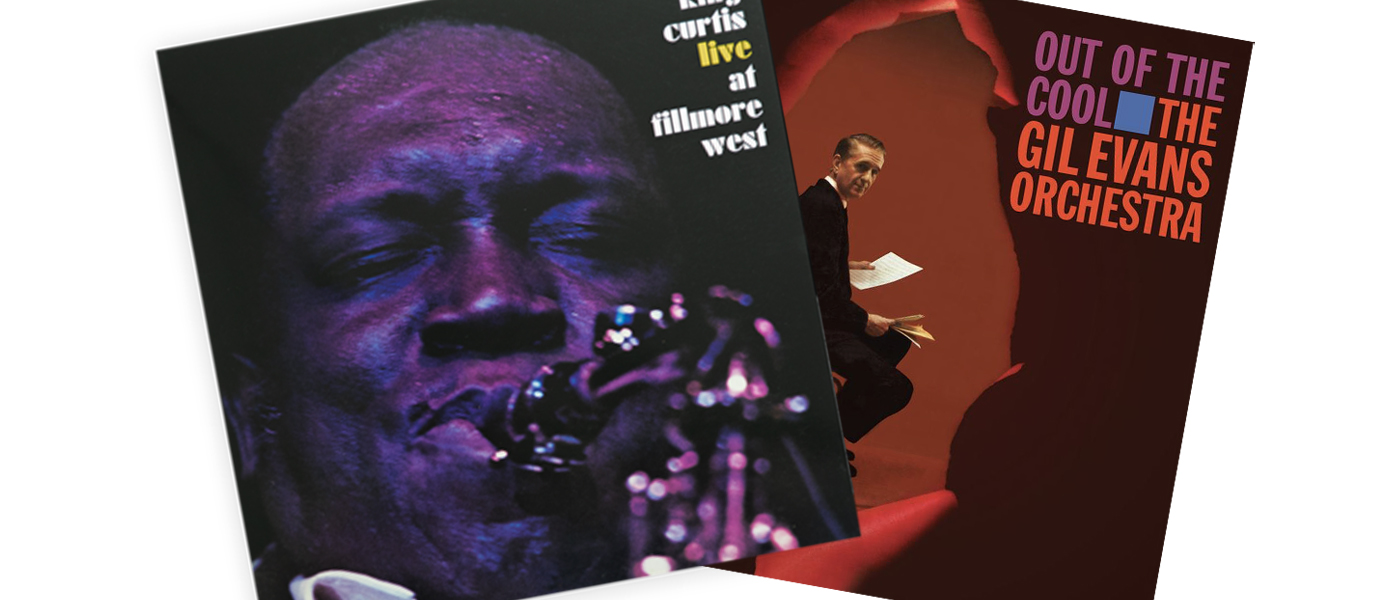
Can you imagine if the Rolling Stones had labored in obscurity throughout their existence? While you had been on board all along with no one to talk to about how great they were? For thirty years? That’s how I feel about Bloodkin. I mean, my friends and I still blather on to each other about them all day. We know exactly how much that band has contributed to our souls and our scene, and our hearing loss. But it’s a comparatively small sphere that we work within. We’ve all done our parts to get the word out; we still want to. But we also get that vague sense of self-satisfaction at getting to lord over Danny’s and Eric’s work as if we were the Keepers of the Keys to some otherworldly dimension. Black Market Tango is just such a place. You can tell right away from the Flournoy Holmes (Eat a Peach often?) cover art.
Now…
Let us Rejoice!
The waiting has been the harshest part…
2021 finds our erstwhile heroes still plenty full of piss and vinegar but of a mellower vintage. Like they’ve been cured in oak barrels since our last Tango (2009’s Baby, They Told Us We Would Rise Again). All the indicators are still apparent: Danny’s acoustic strum as a second percussion kit, a dizzying array of electric guitar tones made with knuckles and bottlenecks, a Rock Solid rhythm section designed to anchor, not adorn. But there are subtler shades to take root in too. Some of the sharper edges have been rounded off for safety. Different sonic templates are employed for various effects. The dry ‘80s production of “Transistor Radio,” but with an open window to let the good air back in. “Freedom Fizz” as a modern field recording sounding as if it were made live with Danny singing in a circle of his favorite instruments: banjos, lap steels, steel strings, more strings, brushes, snares, and kicks with Eric’s classic off-mic howl. (That guy takes a lead vocal on a record two songs on Tango, but this time he honest-to-God sings, whereas he has traditionally been featured more in the Hollerin’ and Carryin’ On role described previously.)
The spiritual heft in the songwriters’ work has not lessened or abated one bit, but the placement has. The blocking is different. We find celebration and hope, albeit with that same melancholy undertow, in the face of seemingly endless 21st-century tragedy (“Kids Are Cool”). We find an entirely new entry in the Bloodkin emotional scope, and that is full-blown whimsy (“Man In Trouble”). We feel fortified by demonstrations of the resolve required to live by one’s own principles and a reckoning with the fallout during “Trashy” and “Metal and Wood.” These songs feel like they’ve been with us for 20 years already. Sonic celebrations of the perilous lifestyle the principles have led for much longer than that. “John Coltrane In Nagasaki” and “Cantina Fever” have both nearly brought me to tears on multiple occasions already, and I can barely keep from dancing up and down the halls at the end of “God’s Bar.” It’s a lot to experience in a little time, like life itself.
And it sounds frigging great. Recorded by David Barbe, obviously, at Chase Park in Athens to two-inch reel-to-reel. Pressed flawlessly at Kindercore, one of my new favorites, also in Athens. Mastered by Joe Lambert in Jersey City, not Athens. The lack of a noise floor reveals the instrumentation in living detail with lots of space to play in and transparency that’s rare for today’s Rock ’n Roll. And that’s what this is. These guys always bring the Rock and never skimp on the Roll. If you don’t know, you should. Now’s your time.

I watched a documentary about Chet Baker recently. It’s called Let’s Get Lost, and it’ll tell you more than you ever wanted to know about the guy. Trust me on this one. Learning about your heroes can leave you exposed to all manner of inner conflict. We should probably all know that by now, but I’m a hard learner. Baker left a wide swathe of emotional devastation in his wake. Sadness and anger. Apparently, he never let the truth stand in the way of a good yarn. Or a bad one. But there was truth in his trumpet. Seems like that was about the only thing that ever came easy for him: that and the company of women. The recent reissue of In New York by Craft Recordings makes the reasoning for all that plain. Without a camera.
Baker was associated with the West Coast “Cool” Jazz sounds of 1950s California. This record, as the title implies, was recorded New York City (September 1958) with some of the major players in the “Hard” East Coast scene. Players like Paul Chambers (bass), Al Haig (piano), and Phillie Joe Jones (drums) with Johnny Griffin, himself, playing sax on half of the six tunes. That guy blows in like a windstorm on a sunny day. Rearranges the whole scene. A few masters of their instruments standing in a room playing music. That’s what we’re hearing.
Secrets Sponsor
You’ll know why Baker was revered for his balladry after hearing “Polka Dots and Moonbeams,” but the album opener, “Fair Weather,” lets you know that Baker could outright party. In fact, “Hotel 49” finds the quintet in a full-blown hootenanny. A rager. Chambers’s extended bowed solo is a bit of a downer as he’s off-mic and therefore less pronounced in the mix than his co-conspirators. It’s a convention of Jazz records of the era, and hearing a distant bass solo zaps me out of my reverie every time. Rudy Van Gelder himself hadn’t even cracked the code. But Jones gets a solo too, and that one sounds like the Fourth of July on a hot city night. Puts you right back in the action and makes you thirsty for more.
In these ways, In New York is revelatory. No one would have expected Baker to flub his lines in this scene, but he is playing somewhat against character. He certainly pulls it off with more realism than watching Tom Hanks try his hand at villainy, for instance. But knowing what I do about Baker after watching the doc makes me wonder if he felt out of his depth in this setting. He’d certainly have known that his collaborators were going to report back to Miles Davis. I mean, that would have been enough to put a little cement in my dancing shoes. Or maybe I’m reading too much into it. But that’s what great art does, right? Fires the imagination. Makes us wonder where we fit in the picture. A fragile artist in a hornet’s nest of badasses is compelling imagery…
Having covered what we’re hearing, I can also tell you that I feel Joy while listening to this record. Joy that the music exists, that Craft took the time to present it in the best possible light, and that they made it comparatively affordable. In New York was originally included in a now out-of-print box set that was released in November 2019, and people are still paying lunatic prices for it online. I wonder if they realize that the individual titles are readily available at this point. The four titles were mastered (and lacquered) by Kevin Gray from the original master tapes at Cohearant Audio. Pressed at RTI. This is easily the biggest bang for your audiophile buck available right now. Retails for around $25.
Every time I close my eyes to enjoy a focused listen, I wind up looking like a glazed ham: faraway eyes, beatific smile, the whole nine. This is a great record to share with a partner—a perfect balance between romance and rowdy. No overhead lighting is allowed. Just don’t watch that damn documentary. It’ll ruin the mood.

Ambrose Akinmusire made an album last year that involved a trumpet-forward Jazz quartet too. His was not augmented by Johnny Griffin on sax, but by additional percussion and vocals on some tunes. The other sounds are made by the usual suspects: piano, bass, and drums. That’s where the similarities between Akinsumire’s On the Tender Spot of Every Calloused Moment and the Chet Baker Craft series ends. Akinmusire’s work is not going to fit within the confines of some imaginary, landlocked, East/West categorization. This is something new. I’m not sure I have the vocabulary for this discussion, but I’ll do my best to muddle through. In case I get lost, I want to get the message out loud, and clear right from the start: On the Tender Spot is a work of great genius. It’s one of the most compelling recent releases I’ve heard by anyone. I might not understand it intellectually, but I keep coming back. I keep studying. This one reveals itself over the course of many calloused moments, and it does not rush or take shortcuts. If you’re looking for something that requires less effort on the listener’s part, call Chris Botti, maybe.
Because you’re going to be challenged by “Tide of Hyacinth,” right at the beginning. The determination in the players’ attack is not hard to detect, but melody and structure might be. We’re not talking about an Ornette Coleman Free-Jazz freak-out provocation, necessarily, but the playing creates a sort of formlessness that can be tricky to navigate. It feels like we’re being deconstructed and displaced like an improper stitching together of our component parts. But we can feel the work’s gravity, and we can tell that we’re hearing a classic Jazz recording being made in real-time.
Whether by design or happenstance, there is some mirth to find here too. I swear there’s an “Ironman” (Sabbath, not Marvel) reference in “Mr. Roscoe (Consider the Simultaneous).” The players unify like the Wondertwins suddenly and somewhat violently at the very ends of some songs, like a tape being wound forward at great speed, then snapped together suddenly in order to form this present moment. Negentropy on tape then pressed into wax.
On the Tender Spot is not all disorientation and drift, though. Every so often, we find a marker—something in the picture that reveals the scale of what we’re hearing. “Cynical Sideliners” gives us a female vocalist singing lyrics in English over Akinmusire’s Fender Rhodes. The listener can gain some purchase, collect their bearings during the more melodic sections of “An Interlude” (That Get’ More Intense)” and “Moon (The Return Amplifies the Unity).” The modern recording means that there is genuine sonic detail to be heard during Harish Raghavan’s soloing. No getting ripped out of your reverie by a distant bass. At these moments, it can almost seem like “just” a Jazz album. The entire second side seems generally more musically accessible than the first, like taking the tentative first few steps into a new landscape, then relaxing into the surroundings.
But, really, the goods are in the guessing. “Yesss” feels like reconciliation played out within the quartet’s dreamscape, all soft greens, and blues. For the listener, a total resignation is available for the price of one’s willingness to be led and to explore. Like when the trumpet and piano solos bleed onto and into each other, or trumpet and bass build a twisted staircase to a hidden room. Once the listener’s expectations have been banished, the band can impress upon that canvas whatever it chooses. Luckily, we’re in good hands.
The vinyl version of this record could have been a contender. It was mastered by Bernie Grundman, and at times Akinmusire gets all the way into our frontal lobe where there is no air. But the pressing (probably by Furnace) falls just a bit short in spots. There are a few instances of pops and clicks, but nothing repeatable, and the issues are sparse and spread out as opposed to being concentrated in one disastrous section. Listening to On the Tender Spot at its best feels like being buffeted to the point of spotlessness by waves of sound. Just give Grundman’s master an audiophile pressing, and we could all get good and lost. Once and for all.

Vinyl subscription clubs seem to have taken off recently. We’ve explored a few titles from Vinyl Me, Please, and that trend will continue in this batch of reviews too. But right now, let’s shed some light on Vinyl Moon. They do things different, and check out their goods was a lot of fun in April. Way more than I thought it would be, in fact. Let’s see…
Vinyl Moon is sort of a mix-tape-on-wax subscription service. Each installment contains ten songs by new bands/musicians and original cover art by a different creator each month. The records are packaged with liner notes containing info, lyrics, and art for each track, as well as some bit of ephemera that changes with every volume. I was sent Volume 066: The Comfort of a Dream for review. It came with a magnet, which reproduces the cover art, and is actually really cool. My refrigerator agrees. We can thank Omar. Aqil for that. He has three distinct pieces featured on the outer cover, and they’re all fantastic. Sort of like a digital spin on Cubism. Easy to engage with intellectually and emotionally with a sort of Toy Story-adjacent aesthetic. Speaking of the outer cover, it’s as unique as its artwork in that there are no pockets in which to insert the record. The cover’s corners are magnetized so that it clasps shut, and the record simply rests within the gatefold’s center. Pretty clever and a bit of fun, but I wouldn’t keep my original signed mono copy of The White Album housed in such an environment. If I had one.
Secrets Sponsor
As for the actual content, I don’t recognize any of the bands that the company brags about having featured during its first five years running, but that’s not surprising. Seems that listeners are encouraged to submit their favorite off-the-radar songs and artists for potential inclusion on future compilations. I think I have that right. The song selection on The Comfort of a Dream is superb, regardless. Many of the songs employ a substantial degree of electronica. Most are humanized and emotionally evocative despite the technology. Perhaps no song in the collection illustrates the effect more clearly than Speaker Face’s “Phosphorescence.” They somehow manage to meld string sections and indeterminate instrumentation, not typically my favorites in any setting or combination, in a way that makes me feel soothed and less lonely. Before that, England’s Noya Rao kicks things into gear with a Plink-Beep Pop sound bath that wouldn’t be out of place next to Norah Jones’s …Little Broken Hearts. G Bersa, from Bologna, might have used a Game Boy to fashion “Interstellar,” a head nod masterpiece anchoring the middle section of side one. And Avedis Özdemir’s “Beyazıt” closes the set with a piece in multiple movements using outwardly organic (maybe some of the sounds were synthesized?) orchestral instruments. It mirrors the sort of shoe-gazing ethos that the other songs achieve electronically.
I wondered if each volume explores a different theme or sonic thread, and this might be the case because Volume 057: The Long Run mines an entirely separate territory with a set of songs that fit together. Unfortunately, the setlist didn’t really land for me, but the pressing was far superior to what I heard on Volume 066. Mine was noisy right off the bat. Not really the “pops and ticks” variety, at least at the outset. More like a dirty noise floor. A sweeping on the Nitty Gritty cleaning machine didn’t solve the issue, nor did a mopping in the Degritter. The issues are obtrusive throughout many of the quieter sections of the first side, then the pops and ticks crash the party midway through the second. Vinyl Moon declined to tell me where their records were pressed (I’m guessing GZ) but did advise me that they have some sort of Satisfaction Guarantee or whatever. So if you receive a defective pressing, they say they’ll make it right. It probably goes without saying at this point that the vinyl is colored. People are crazy about that.
The Comfort of a Dream is like its own little world. Everything fits, and it’s a wonderful place to visit. I felt like Jack Skellington in Christmas Town. The artwork is fun to pour over while listening, as are the artist’s bios and their various online accounts. It’s a sensory extravaganza. If I had adequate space on my shelves, I’d probably take a swing at Vinyl Moon. I certainly would if I were a young person who enjoyed listening to vinyl as a communal experience with like-minded friends who appreciated conspicuously colored wax and kept up with the latest “drops.” This would have been a fun package to unpack with playmates. I added several Vol. 066 artists to my playlists that I may never have found without hearing the compilation first. That ain’t nothing. Seems that the Vinyl Moon is ripe for roving.

Per last month’s discussion, Vinyl Me, Please recently entered the Arena of Country Music. Their first foray involved a serviceable reissue of Cash’s At Folsom Prison. It was not sourced from the original masters, but it was ten tons of fun and sounded mostly fine. Their second entry is a little different. It is called this: Shotgun Willie. For most of us, the review could end here, but I’ll keep going because I like to hear myself… type.
At this point, I have to arrive way early to doctor’s appointments so that I have time to scroll down to my birth year when completing their forms. According to VMP’s expanded liner notes, Shotgun Willie had announced Willie’s figurative birth just a year prior to my actual one in 1974. And by the time I achieved the ability to notice what was happening around me and to form opinions on it, Willie Nelson had become just plain Willie. I don’t remember ever seeing him in cardigans with short hair trying to fit into the Nashville Mold. He was already and always the distressed denim American totem that we’ve known throughout time. I assumed he was born that way. And I reckon he was; he just had to hide in sight until he could do things how he wanted. Shotgun was the start of all that, I reckon.
It was also the first foray into Country music for Atlantic Records. And the first time, Willie was able to record with his Family Band along with David Bromberg, and Waylon Jennings, and Doug Sahm. You could play a game of However Many Degrees of Separation You Want with those names and map out the future of American roots music from there. Bromberg and Sahm made some legendary recordings with Dylan in the ‘70s, and Dylan’s music influenced a couple of artists whose names I can’t recall right now. Bromberg was also affiliated with Jerry Garcia and, by extension, his expanded family of All-American Flameouts. Sahm was a guiding influence for a million bands and an entire movement, and would live long enough to guest on an Uncle Tupelo version of his own classic tune. And Uncle Tupelo’s influence during the Roots Revival of the 1990s would mimic the Velvets’ impact on the underground scene three decades prior. You get the historical picture…
And if you don’t, just give Shotgun Willie a listen. Or even just “Shotgun Willie.” It’s all there—a new kind of Country where there is no strict separation of Country and Funk. Even the pedal steel, the bastion of “traditional” Country, sounds more like a gnarly lap slide guitar. Mix all that in with Sister Bobbie’s saloon piano and the Memphis Horns (another entire branch of the American Musical Tree), and it starts to feel like playing in the mud in your best blue jeans and favorite boots. A swampier, less raucous take on “Whiskey River” anchors the first side along with a cover of Bob Wills’s “Stay All Night,” both of which would find greater public acclaim on Willie and Family Live. And throughout the entire program, we get Willie’s nylon-stringed guitar solos cutting through the mix like a butter knife through a Mississippi mud pie. I mean, if you can’t get with that, call Luke Bryan, maybe.
Shotgun Willie, unlike Folsom, is an all-analog production. Ryan K. Smith cut the lacquers from the original tapes. It was plated at RTI, but pressed at GZ, although it’s difficult to know which GZ at this point, and I’d have preferred that RTI handle the whole thing. And that the record had been pressed on Standard Adult Black as opposed to “Gunsmoke” colored vinyl with a black/gray swirl. Apparently, all of VMP’s Country titles will get the colored wax treatment. It’s like watching Sir John Gielgud perform Hamlet dressed as Little Bo Peep. Whatever. There are some ticks in the pressing that are lamentably noticeable during Willie’s cover of Leon Russell’s “A Song For You.” But it’s mostly great. So far, VMP’s Country track seems like a safe, Technicolor bet…



